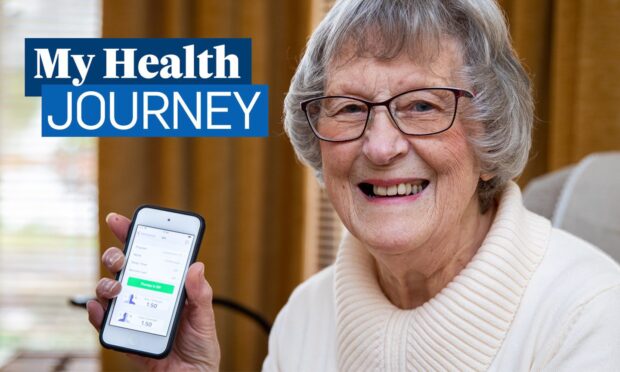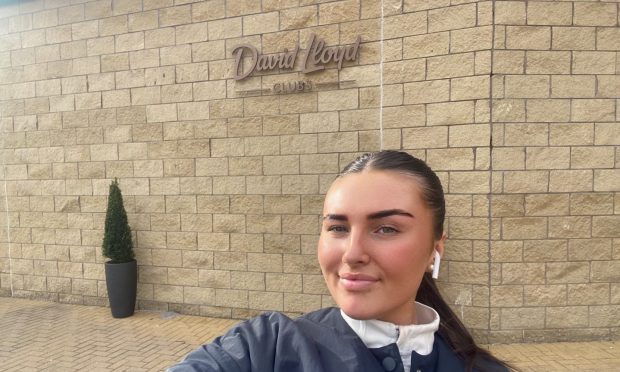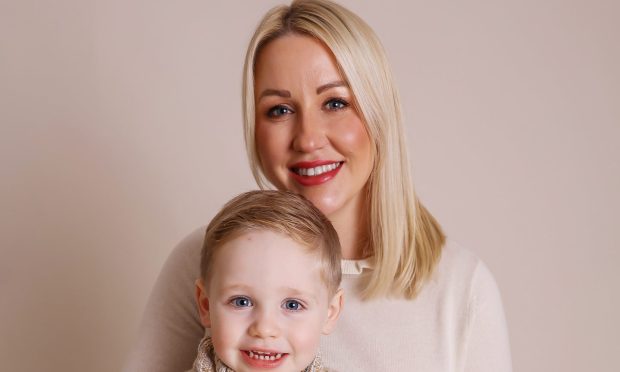There’s a wonderful world of alternative therapies out there just waiting to be discovered. Here, we shine a light on laughter therapy
They say that laughter is the best medicine, and it turns out that there may actually be some truth to this. We can all pay testament to the fact that laughing makes us feel good – when we are sad, angry or under the weather, being made to laugh can quickly improve our mood and make our fears and frustrations seem less significant. The positive effect that laughter has on our minds is really quite powerful, and it has actually been described as internal jogging as it may offer the same psychological benefits as a physical workout. It stimulates hormones called catecholamines which in turn release endorphins, making us feel happier and more relaxed, so it’s an effective tool for relieving stress and anxiety and boosting energy.
Part of laughter therapy involves finding out what makes you giggle as well as developing the ability to see the funny side of situations which initially may not seem particularly amusing. This can help people to loosen up and deal with difficult scenarios more effectively. In fact, researchers at Texas A&M University found that humour leads to increased hopefulness and can help to fight negative thoughts. The benefits of laughing aren’t confined to the mind, however. It’s thought to work as a painkiller and make people more able to withstand discomfort – a study conducted at UCLA found that watching funny programmes increased children’s tolerance for pain. Research has also shown that the level of natural killer cells (a type of immune cell that attacks virus and tumour cells) is increased through laughter, and it has been calculated that 20 seconds of chuckling could be as good for the lungs as three minutes on a rowing machine. Who knew! To find out more visit laughtertherapy.org.uk or laughternetwork.co.uk
Everything you need to know about your first session
The aim of laughter therapy is to help you laugh more easily. It is suitable for everyone although most therapists work within the healthcare profession or in the workplace, where laughing is used to relieve stress and tensions. The therapy is available in group or individual sessions, which usually start with a warm up – this may include stretching or movement of some kind – followed by a variety of activities and exercises designed to get you giggling. You may experiment with different types of laughter and will often find that faking and forcing it turns into the real thing.










